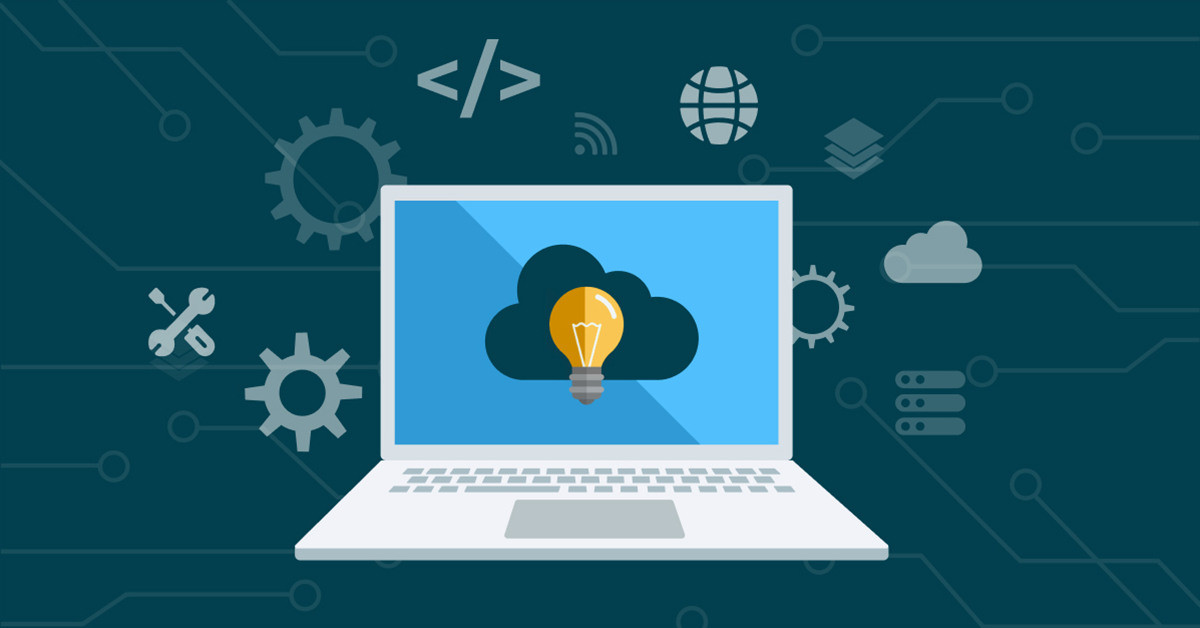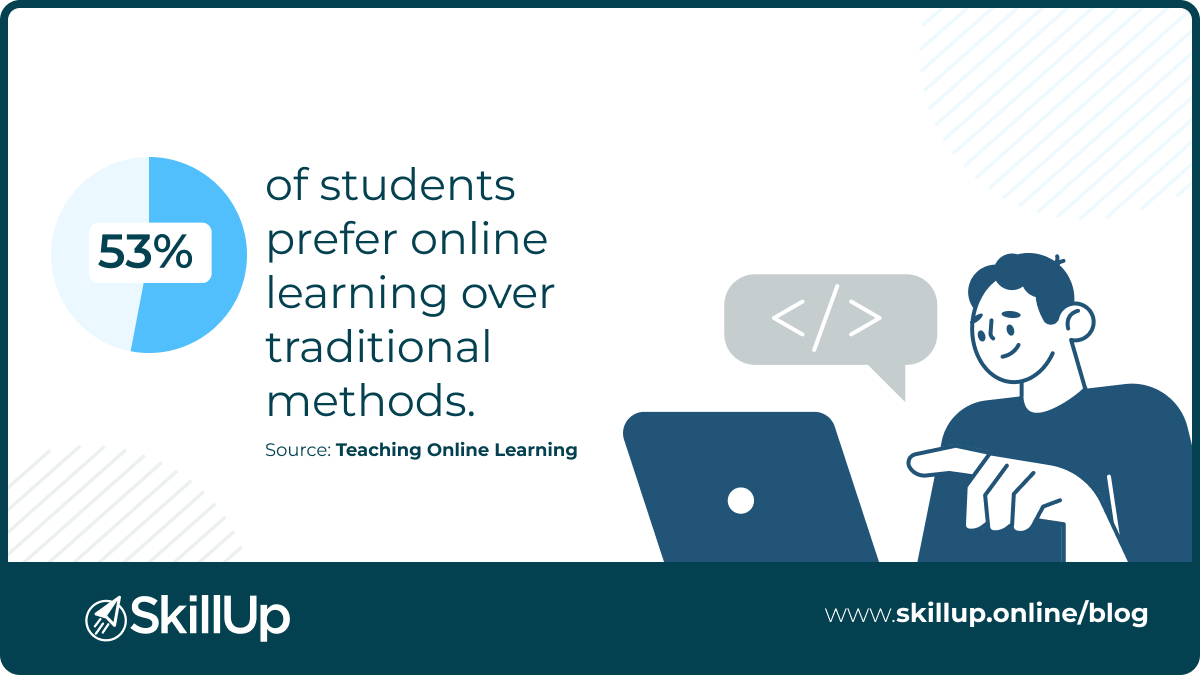Traditionally, Information Technology has always described the use of computers to store, retrieve, process, and transmit information. This definition reflects a focus on the application of computer systems, especially in business settings, where they were mostly used in the early days.
However, there’s a difference between IT and its closely-related cousin, computer science. Computer Science covers the design and development of programs that enable computer systems to function efficiently. IT, on the other hand, deals with the application of these systems — in manipulating, storing, and transmitting information.
As technology has grown in complexity and scope, this initial understanding of IT has given way to something broader and more encompassing. Instead of a fixation on desktops and wired local networks, IT now embraces the use and maintenance of telecommunications, extensive networks, cloud computing, the Internet of Things, AI, and other emergent technologies.
As such, there’s a huge global demand for technology-based solutions that make work easier and enrich the experience of leisure. This has in turn ignited a boom in the market for skilled IT professionals, who are needed to fill the many emerging roles in the industry.
These days, IT workers are on the cutting edge of the new digital economy and they are some of the most in-demand professionals on the planet; they’re sending people to space, creating autonomous vehicles, helping drive business decisions from data sets that far exceed our ability to comprehend them.
Our opinions of the field have changed almost as quickly as the concepts driving it. It’s important then to really understand what IT refers to in this day and age, from app development to network engineering, to artificial intelligence.
 What Disciplines Make Up IT?
What Disciplines Make Up IT?
The very definition of IT has changed over the last two decades and has transitioned from the old standbys to its most current iterations. Given the dynamic nature of contemporary IT, any list of disciplines within the sector will likely include overlapping categories or miss out on a few items. The following list deals with the essential segments of IT from the old standbys:
Operations
IT Operations deals with the ways organizations deploy IT across their service delivery processes. This embraces Systems Installation and Configuration, Network Administration, Systems Administration, and Help Desk Support.
Management
Organizations need to manage their IT resources so that they function efficiently. IT management encompasses the planning, design, and assessment of IT infrastructure. It includes sub-disciplines like Information Technology Systems Analysis, IT operations Management, Infrastructure and Hardware, and IT Project Management.
Security
IT security grapples with the protection of organizations’ data, networks, and systems from unauthorized access. Aspects of this category include Network Security, Cybersecurity, and End-Point Security (which tackles device-level threats).
New Frontiers in the IT Space
Thanks to the growing number of subdomains, innovations, and its most current iterations, IT has expanded well past the above segments. As such, IT is no longer bounded by the use of computer systems to manipulate data. Now, information technology refers to any technology through which we receive, process, and digest information.
Let’s explore some of the relatively newer IT segments that have been driving IT evolution for nearly two decades.
Cloud Computing
Cloud computing involves delivering computing services—storage, processing, networks, databases –over the internet (‘cloud’), instead of through on-premise infrastructure. This model reduces data housing costs and increases IT resource efficiency and scalability.
One of the world’s top technology companies, Microsoft lead the way in this field. It does this through its cloud service provision segment, Microsoft Azure. Proficiency in the use of Microsoft Azure’s services is considered an important skill in the cloud computing sphere.
Big Data Analytics
As people use more digital technologies, they generate more data. With the right tools, organizations can derive useful insights from the vast amounts of data, such as preferences, buying habits, tendencies, and interactions. They then leverage these insights to improve their services.
IBM, a long-lived IT company, is dominant in the big data analytics space. It offers solutions that enable businesses to make sense of the data they collect from their customers and target markets. Training in the use of IBM’s analytics products could help you on your journey to becoming a data manager or analyst.
Other frontiers include
- Virtual Intelligence
- Virtual Reality (VR)
- Artificial Intelligence
- Drones
- Autonomous Vehicles
- Robotics
- Quantum Computing
- Machine Learning
- Blockchain
- Internet of Things
- Edge computing
Why is IT More Relevant Now than Ever?
The world is more dependent on Information Technology than it has ever been. There’s evidence of this in the growth of its various disciplines over the years. Another indicator is the significant IT skills gap that exists today.
Of the top 15 jobs listed in Linkedin’s Emerging Jobs Report, 10 are technology-driven roles. The median annual salary for a data warehouse analyst is $92,000. An IT project manager earns $105,000 per year, on the average. The need for these skills—and the fact that they’re relatively undersupplied –has pushed salaries up.
The future of IT is bright. The Internet of Things (IoT), once the object of science fiction, is now a reality. As smart homes, offices, and cities emerge, the expansion of IT roles has become inevitable. Industrial IoT could add $14.2 trillion to the global economy by 2030 and experts expect data-fueled applications to generate new economic activity worth $13 trillion by 2030.
When Is the Best Time to Pursue an IT Career?

Given the explosion of IT technologies and the massive demand for IT professionals across virtually all business verticals, the best time to pursue an IT career was yesterday. The next best time is today.
If you’re looking to transition to a career in IT, going back to college to obtain a 4-year degree may be a hassle. Rather than go this route, there’s an easier and faster way to commence an IT career. You can take advantage of the IT skills gap to chart your way to a more lucrative career by acquiring relevant certifications in the most in-demand tech skills.
Wrapping Up
Information Technology is evolving. The old preoccupation with deploying and managing computer systems is giving way to more decentralized paradigms. Today, IT is a vast interconnected ecosystem that has permeated virtually every industry and vertical across the globe.
SkillUp Online’s IT certifications online can help you begin your journey to a career in IT. Whether it’s Artificial Intelligence, Data Science, DevOps, Cloud or others, SkillUp Online can help make your dream of an IT career come true. Click here to start with our courses today.

CEO, SkillUp Group




